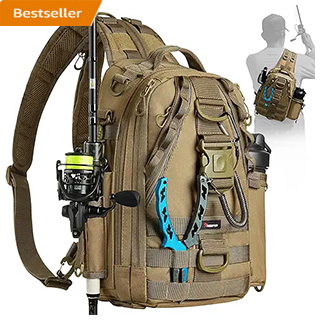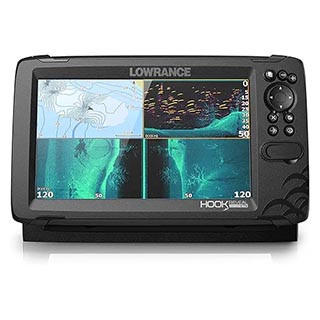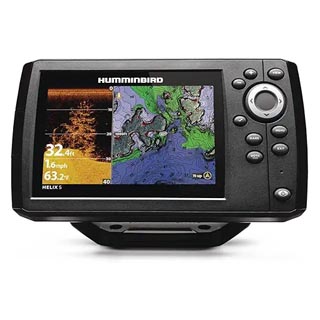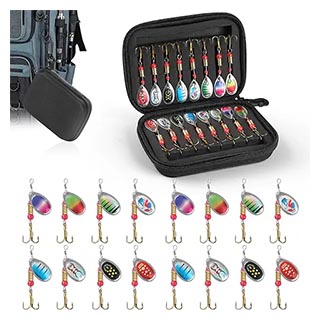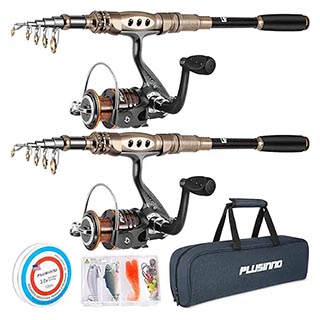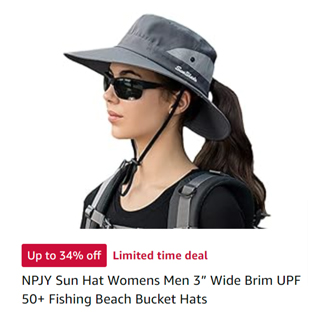Not Just Fishing
Fishing Articles and Information

Learn Bass Fishing - Selecting A Reel
By Carter Phipps
There are two common types of fishing reels used in bass fishing and understanding a little about each one will help you make a decision on which to use depending upon the type of fishing you will be doing out on the water. It is also important to know what is best when you begin to learn bass fishing because it can make life a whole lot easier.
Spinner Reels
These reels are most commonly used by beginner anglers and recreational bass fisherman because they are very
easy to use.
The spinner reel mounts at the bottom of the fishing rod and has what is known as a "bail" that hold the line in place.
The spinner real is very simple to use because you simply hold your line against the rod with a finger, flip the bail and cast your
bait out.
Once you have finished casting you just flip the bail back over and your ready to reel in the line.
Bait Cast Reels
These reels are the most popular choice with advanced and professional bass anglers because it provides
a lot more control over the casting process and allows for a lot more life like action to a bait in the water.
Bait cast reels can
be very frustrating to those just starting to learn bass fishing because if the spool is not set properly once the bait hit the water
line will continue to spool off causing what is known as a "birds nest" which is simply a mess of line that has created a birds nest
look on the reel.
This can be very difficult to get cleaned up.
Advanced anglers use a "thumbing" technique that places the thumb over the spools and they will press down on the spool as the bait hit the water to cause they line to stop spooling.
Along with reel selection it is important to know there are specific rods that are designed to be used with each of these reels. There are two easy ways for those starting to learn bass fishing to distinguish one from the other.
Spinner rods will have much larger guides that will be mounted on the bottom of the rod while bait cast guides will be much smaller
and are mounted on the top of the rod.
Guides refer to the "eye holes" on the rod that your line feeds through.
